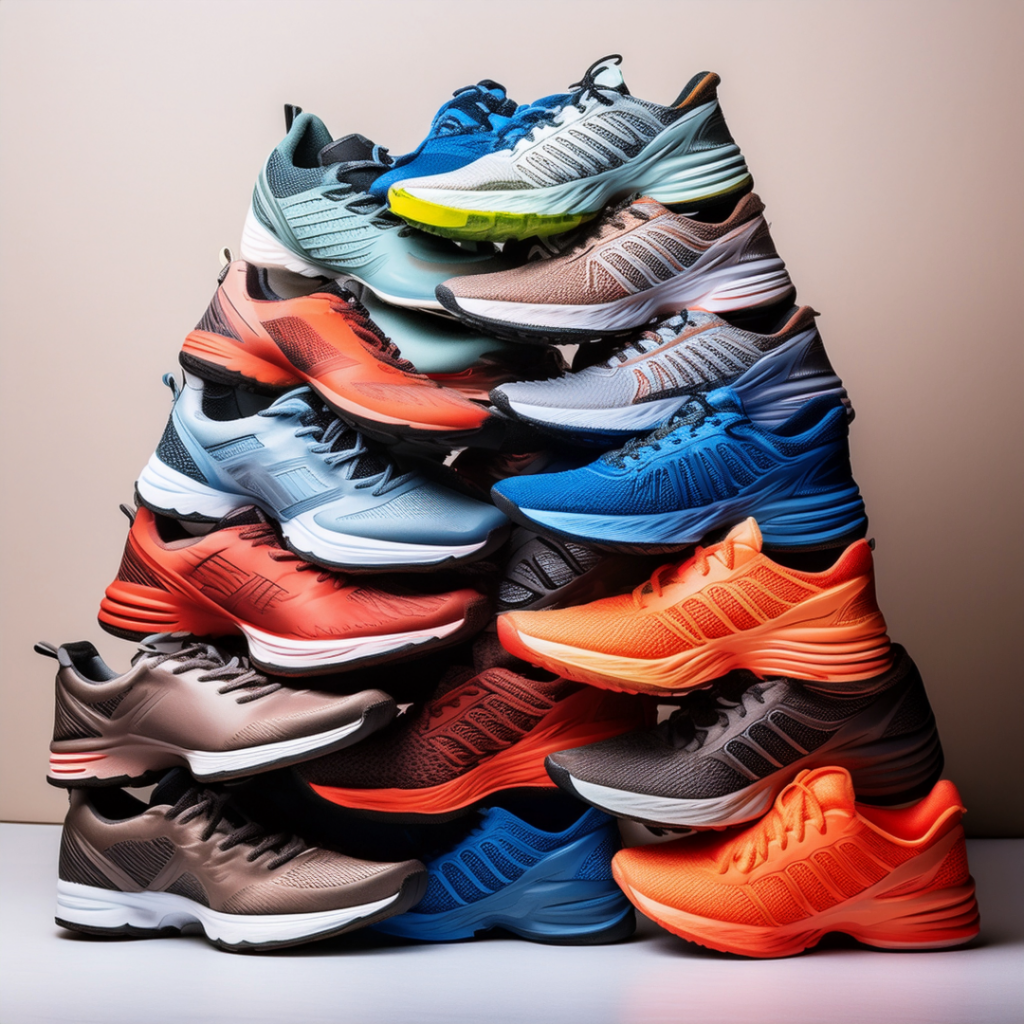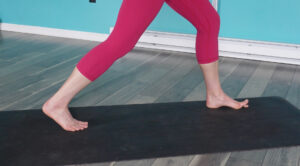At Mobility-Doc, we’re all about injury prevention and unlocking your full potential. That means going beyond the basics of typical physical therapy. Whether you’re a seasoned marathoner or just hitting the trails, your footwear matters more than you think. That’s why our Dr. Chloe, an avid runner herself, is taking a deep dive with us. We’re covering some of the most common questions Dr. Chloe gets about running shoe rotation.
Why Rotate Your Running Shoes?
Think of your shoes like tires. Different shoes distribute impact forces differently and wear at different rates. Rotating your running shoes gives them an opportunity to bounce back.
- Varied Stress Loads: Different shoes create slight changes in biomechanics or how you run. Rotating prevents your body from moving exactly the same way every time you hit the pavement!
- Extended Shoe Life: Giving shoes a break between runs allows the cushioning to rebound, making them last longer.
- Performance Boost: Different runs (long, tempo, recovery) demand different support and feel. The right shoe for the right job can enhance your run and how you feel afterwards.

How Often Should You Rotate Running Shoes?
Well, that depends! Your mileage definitely plays a factor including what you’re asking from your workout. Some examples of different shoes are:
- Daily Trainer: Durable, cushioned, and your go-to workhorse.
- Speed Day Shoe: Lightweight and responsive for intervals or tempo runs.
For runners who do a lot of one type of training, it can be best to get two very similar shoes for the same job. It all depends on how much running you’re doing, what type, and how often. Before you invest in an extra pair of shoes, make sure you consider what their use is.
Signs You're Rotating Too Much
Wait, can you actually over-rotate? According to Dr. Chloe, yes! Changing shoes is adding a new stimulus. In order to understand if it’s working for you, you need to only change one thing at a time. What we mean is if you’re introducing new shoes, you shouldn’t also do a new workout. You won’t know what’s causing your soreness or discomfort! Here are some red flags:
- You’re never fully adjusted to any pair because you switch too often. When this happens it’s not good for the shoe or your body. It’s important to give your body an opportunity to learn if these shoes are right for you.
- You’re experiencing inconsistent soreness or discomfort. It can be too much to change shoes too often! Either your body doesn’t adjust or the shoes just aren’t right for you. It can be hard to determine which is the real cause then you’re randomly changing shoes all day every day.

Soreness and discomfort can also be caused by inconsistency in heel drop. When you’re changing the height of your heel drop too much it can be a lot for your body to adjust to. You don’t want to go from a chunky Hoka at 12mm to a minimalist shoe at 4mm. It will put unnecessary stress on your joints and muscles leading to injury. How can you be sure to avoid that?
Choosing Shoes: Know Your Body First
Before you go on a shoe-shopping spree, pause. The most important piece of advice from Dr. Chloe: Know your feet, your gait, and your movement patterns. Not every shoe is right for every runner.
That’s why if you haven’t yet, we highly recommend visiting your local specialty running store. These kinds of stores are filled with experts to help you understand your type of feet, gait, and what will help support you for your runs. For those of us in Bethlehem, PA, we trust the experts at Aardvark Sports Shop. Their trained staff can assess your needs and recommend shoes that complement your body’s unique mechanics.
Once you know what you’re looking for, you like, and what your body needs, you can start having fun and shopping around!
Watch Dr. Chloe's Video about Running Shoe Rotation
The Takeaway
Running shoe rotation isn’t just for elite runners. It’s a smart strategy for anyone looking to run stronger, safer, and longer. With guidance from specialists, you can build a rotation that supports your goals. Best of all, it’ll keep you doing what you love without interruption. Remember, give yourself time to settle into your shoes and don’t change too many variables at the same time!
Listen to your body, invest in the right shoes, and when in doubt, swing by Aardvark or book a session with us at Mobility-Doc. We’re here to help you move better, live better, and never stop running.
Runner's World Feature
Want to learn more? Dr. Chloe was just interviewed for an article in Runner’s World magazine talking about running shoe rotation!
It's Always Running Season!
But here’s the problem: running alone isn’t enough to keep you injury-free.
Without proper strength and mobility work, you’re more likely to end up with nagging pain, imbalances, and sidelining injuries—just when your race calendar starts heating up.
✅ The Solution?
MDRx Runner: Strength & Mobility.
A simple, effective program designed by movement pros to help runners stay strong, symmetrical, and ready to run—all in just 15–20 minutes.
💡 How It Works:
Add it 2–3x a week to your current routine (foam rolling routines on off days)
Target the muscles runners often neglect
Improve mobility + symmetry to reduce injury risk
Feel stronger, run longer, recover faster
🎯 What Success Looks Like:
You’re showing up to your races pain-free.
You’re running smarter, not just harder.
And you’re not missing out because your body finally has the support it needs.
👟 Don’t Replace Your Fitness—Make It Better.
Join the runners who are training smarter with MDRx Runner: Strength & Mobility.
👉 Start Today and keep yourself in the race this season!






